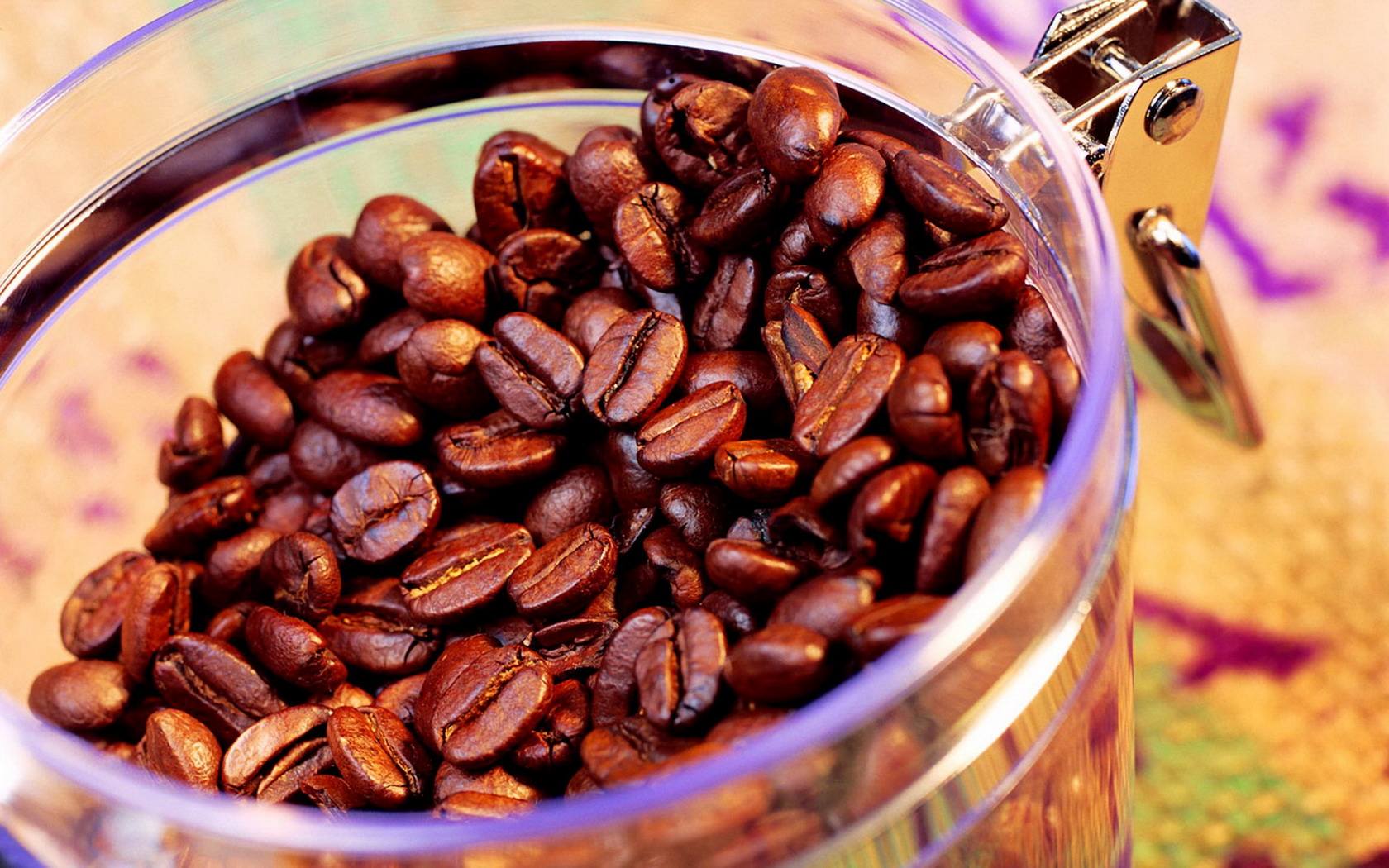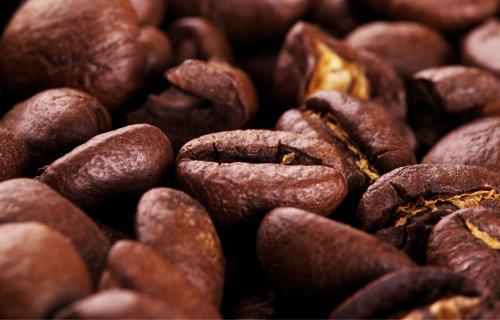Flavor description of Kenyan Coffee Variety Kenya AA Jinchu Valley
Follow the caf é (Wechat official account vdailycom) and found that Beautiful Cafe opened a small shop of its own.
Kenyan coffee has many followers in the boutique coffee industry, and Kenyan AA has an extraordinary popularity.
Kenyan coffee, known as the "Cup of connoisseurs" (Connoisseurs'Cup), is famous in the coffee industry for its rich aroma, bright and vibrant acidity, full and elegant mellowness and red wine flavor. Caffeine in different producing areas has its own subtle flavor due to the difference of microclimate.

Bourbon Bourbon was first brought to Kenya for planting. In the 1950s, the then agricultural research institution ScottLaboratory selected two excellent hybrids, SL-28 and SL-34, through unremitting efforts, subverting the long-standing prejudice of artificial breeding without excellent natural varieties. SL-28 and SL-34 help Kenyan coffee to form its own unique flavor characteristics and establish a perfect reputation in the coffee industry.
According to botanists in SL laboratory, SL28 and SL34 are genetic variants. Among them, SL28 has a mixed pedigree of French missionaries, mochas and Yemens Tibica. The goal of cultivating SL28 was to mass produce coffee beans with high quality and resistance to diseases and insect pests.
Although the yield of SL28 was not as high as expected, the copper leaf color and broad bean-shaped beans have great sweetness, balance and complex flavor, as well as remarkable citrus and plum characteristics. SL34 is similar to SL28 in flavor, with a heavier, fuller and cleaner finish than SL28, except for the complex acidity and great sweetness of the finish. SL34 has French missionaries, bourbon, and more Tibica ancestry. Dou looks similar to SL28, but is more adaptable to sudden heavy rain. It is these two important varieties that lead us to the unique Kenyan style: strong acidity, rich taste and beautiful balance.
The coffee producing areas in Kenya are mainly concentrated in the plateau areas represented by Mount Mt.Kenya. Tropical climate, acid red volcanic soil provides a natural and suitable growth environment for coffee. The seven major producing areas are the most famous, including Nieri, Sika, Chianbu, Geliniya, Ruiru, Mulanga and the western side of Mount Kenya, with the main producing areas such as Nyeri and Ruiru in the middle.
Large farms usually have independent treatment facilities. A large number of small farmers usually pick ripe coffee fruits by hand. Coffee picking is a labor-intensive job that requires the whole family to deploy and even hire workers during the harvest season. The fresh fruit of the picked coffee needs to be delivered in time to the cooperative-owned coffee processing plant for pulping, which may be carried by ox carts, pick-up trucks or trucks. After peeling, Parchmentcoffee is briefly kept in the cooperative's processing plant and sent to a privately owned factory for shelling treatment.
Description of Jinchu Flavor of AA in Kenya
This Kenyan branch comes from the Enbu processing Plant (Embu Washing Station) in the Gichugu region and grows in Manyata-Enbu County on the eastern slopes of the Kenyan Mountains from 1550 to 1750. The variety is Kenya's classic SL28,SL34, coupled with the large temperature difference between day and night, and Kenya's red phosphate soil, making sweet and sour the main flavor tone of this Kenyan branch.
Jinchugu was founded in 1970. Together with Kamviu, Gakundu and Ka Kui washing Plant, they formed the Gakundu Farmers' Cooperative. There are 980 coffee farmers in Jinchu Valley and 3600 small farmers are registered in the whole cooperative. In Enbu county, nearly 85% of coffee cultivation comes from small farmers. They picked the ripe coffee fruit and sent it to the washing station for centralized treatment. the coffee fruit was peeled in the Enbu processing plant, fermented overnight, washed and dried naturally in an elevated shed.
In every Kenya before, we especially like to pursue those angular and strong acidity, and this Kenya makes me feel gentle, like facing the sea, with the feeling of breeze blowing. Unlike Kenya, which used to be berry-based, this time it has a delicate red wine with sour fruit, cherry sweetness, BlackBerry lips and teeth, and a tail of black plum and sugar.
Important Notice :
前街咖啡 FrontStreet Coffee has moved to new addredd:
FrontStreet Coffee Address: 315,Donghua East Road,GuangZhou
Tel:020 38364473
- Prev

Introduction of Mexican coffee wine and tasting methods of Mexican coffee wine
Following Caf é (Wechat official account vdailycom) found that Mexican Coffee Wine has opened a small shop of its own. Mexican people are optimistic and enthusiastic about their lives. It can also be seen from their coffee that the mellow Mexican coffee is not only loved by the local people, but also praised by many coffee connoisseurs. There are many ways to taste Mexican coffee, Lord.
- Next

Introduction of altitude flavor of Kenyan AA coffee, brief introduction of Jinchu Valley, Kenya
Following Kaibei (official Wechat account vdailycom) found that the good Cafe opened a small shop of its own Kenyan Coffee: most of them grow at an altitude of 1500km above sea level and harvest twice a year. Its main feature is a distinct fruit aroma, the common fruit aroma is citrus. Kenyan coffee has a multi-layered taste and acidity of fruit juice, perfect grapefruit and wine flavors.
Related
- Detailed explanation of Jadeite planting Land in Panamanian Jadeite Manor introduction to the grading system of Jadeite competitive bidding, Red bid, Green bid and Rose Summer
- Story of Coffee planting in Brenka region of Costa Rica Stonehenge Manor anaerobic heavy honey treatment of flavor mouth
- What's on the barrel of Blue Mountain Coffee beans?
- Can American coffee also pull flowers? How to use hot American style to pull out a good-looking pattern?
- Can you make a cold extract with coffee beans? What is the right proportion for cold-extracted coffee formula?
- Indonesian PWN Gold Mandrine Coffee Origin Features Flavor How to Chong? Mandolin coffee is American.
- A brief introduction to the flavor characteristics of Brazilian yellow bourbon coffee beans
- What is the effect of different water quality on the flavor of cold-extracted coffee? What kind of water is best for brewing coffee?
- Why do you think of Rose Summer whenever you mention Panamanian coffee?
- Introduction to the characteristics of authentic blue mountain coffee bean producing areas? What is the CIB Coffee Authority in Jamaica?

